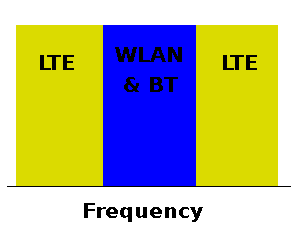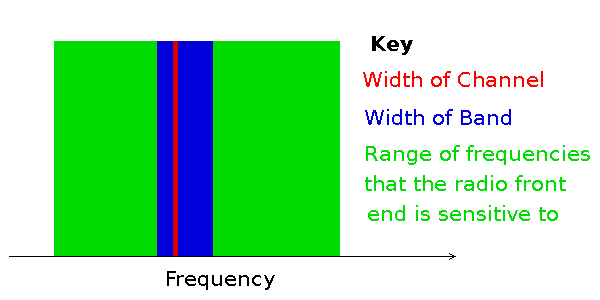A General Equation for the Blocking Problem
With a problem like blocking the engineer has to come up with an equation to fit the details of the problem. A good approach is to start off with a general equation and work from there. We can work out what the equation should look like by considering the parameters we need.
To do this I’ll start at the radio being blocked, the victim, and work backwards. At some particular power the performance of the victim receiver will fall due to blocking. Let’s call that X.
X = Blocking power in dB at the victim receiver which will affect the system performance.
How much power gets to the victim receiver though? Going from the victim receiver there will be a cable or feeding network, then an antenna.
L1 = Loss of circuits and interconnects between victim receiver and the antenna it is connected to.
Instead of going into great detail about the antennas here I’ll just define an aggregate figure…
C = Coupling between the antenna of the victim receiver and the antenna of the blocking transmitter. This is a coupling between the two antenna ports.
Then we have a loss corresponding to L2 at the other side…
L2 = Loss of circuits and interconnects between blocking transmitter and the antenna it is connected to.
And finally…
P = Power output of the blocking transmitter.
These parameters lead directly to the equation we need:
P – L2 – C – L1 = Y
If Y > X then there will be system performance degradation due to blocking.
The mismatch loss associated with the transmitter and receiver can be put into L1 and L2. All of the parameters I mention vary across frequency, the frequencies that are relevant here are those that the blocking transmitter produces.


